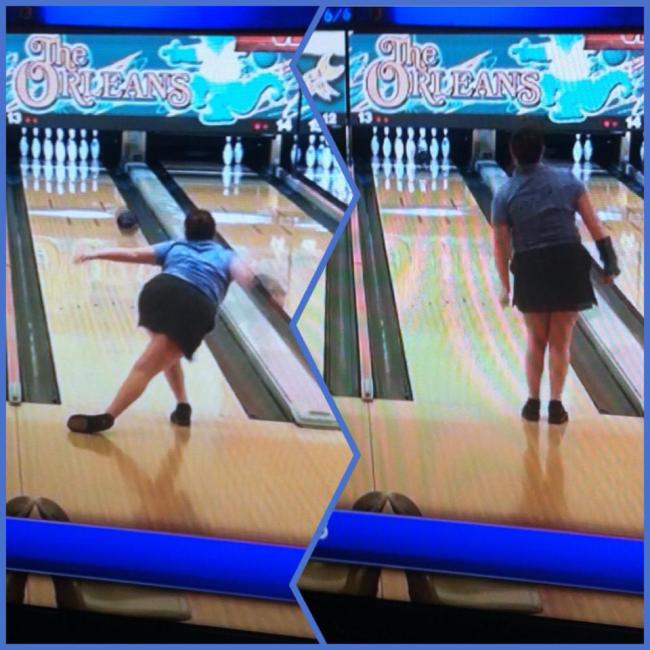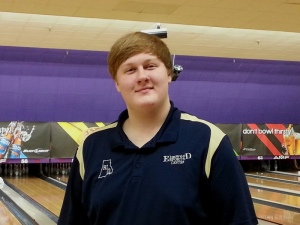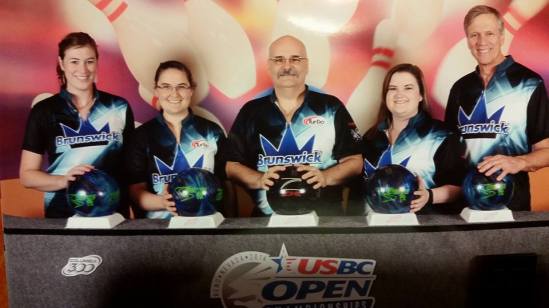
Well, it has been a long time between posts. There’s many reason for that but, I thought now was the appropriate time to put into words some thoughts and reflections I have coming off of the 2016 USBC National Championship held in Reno, NV and the year in general.
I have to say I truly enjoy bowling with the folks I bowl with. This was our second year bowling as a team and it’s a refreshing change from the norm for sure. I’ve mentioned in the past that I feel one thing which holds the sport back is the level of negativity and outright hostility displayed toward fellow bowlers. Well, there’s none of that with our team. Sure we’re a competitive group but there is positive energy and encouragement from all of us and that’s the way it should be. By its very nature the sport is mentally draining and there is certainly no shortage of people/players who are ready to tear you down verbally for no particular reason. I got to the point where I started to surround myself with just those folks who are positive and uplifting and eliminating those who have nothing good to say. It has started to pay dividends as I’m rediscovering the passion I’ve always had for the game.
I realized a while ago that before I can worry about competing at any reasonable level again I need to address my mental game. And removing the negative thoughts and those who would feed that monster from the outside needed to go. So, I cut way back on the tournaments I compete in, at least for a while, until I can be in a healthy state of mind. Slowly but surely I’m getting back to the place I need to be mentally. Once I’m there I can address areas of my physical game that could be beneficial. One point about the physical game; you can focus on that to the point of obsession. I’ve found that, in and of itself, can become a problem. Everyone has limitations; I prefer to think of them as “parameters” within which you can play. Some conditions will favor your game while others will not. Fine tuning your “parameters” is what I intend to focus on going forward. In other words, I’m going to stop trying to be what everyone else seems to think I should be and just improve on the things I do best so that I’m the best I can be at what I do well. I got away from that in an endless quest to change my game to try and be what I’m not physically capable of. It’s a bit embarrassing to admit this because I certainly don’t coach that way nor do I actually believe that changing a person’s natural ability is something that should be attempted. Nevertheless I did not practice what I preach which resulted in my drifting away from that core principle and belief which ultimately lead me to my downward mental spiral.
So, on to the reflections of this year’s 2016 USBC National Open Championship; as I mentioned it was contested in Reno, NV at the National Bowling Stadium (above). Since I had never bowled at the stadium before I was excited to do so. I saw it as another milestone in my bowling career. So many great tournaments and accomplished bowlers have crossed the threshold of the doors there. It’s an honor just to compete in any event there. It did not disappoint for sure. I had a great time with my teammates and got to watch some of my local friends compete too.
I was not thrilled with Reno as a city but, just had to deal with that knowing the tournament was the primary reason I was there. The picture above is the famous Reno arch. If you recall watching the outdoor finals of the Queens event a few years back, this is the spot it was contested. Kelly Kulick won the tournament under extreme conditions complete with a dust storm that cover the lane surface making the conditions extremely challenging.
I had a great mental outlook going into the tournament and was mentally focused on every shot I needed to make. Clarity of thought was good and the game seemed to slow down. That’s really the only way I can put it. I find that when I’m in the correct state of mind everything seems slower and I can focus on the next shot and see the lane clearly. I guess you could call it being in the zone. Overall I was happy with the way I rolled the ball I felt I made good moves and equipment changes. Both of which were timely and helped keep me on track. The scoring pace for the tournament was generally low so, I was not obsessing with my score, just trying to knock down as many pins as possible with each shot. To me having a plan and executing successfully is a level of success in the sport. What happens on the pin deck is really out of my control, which really is the outcome since I can’t control what happens there. To that point, my successful execution did not net me huge scores though I counted my performance a success overall. Sure, there were a few bad shots, you have to expect that. It’s how you bounce back that matters. Like so many others carry was the issue of the day. I never shot so many 4 pins in all my life. It felt like I was so close to putting up some big numbers. But, at the end of the day it was about getting the ball through the pins at the right angle to produce the carry which is where I struggled. And that seemed to be the common theme as I watched others throughout the tournament.
Last year’s event I cashed in singles and the team cashed but, that was not to be this year. Each pin was difficult to come by and the opportunity to recover from an open by string 3 or 4 strikes was rare at best. So, we missed in all three events by a very small margin. I have to admit there’s a level of frustration that comes along with that but, I keep that in perspective by realizing the cash line has to be somewhere. It turns out I was just not above it…this time. I did cash in a few of the brackets I entered but nothing to really write home about. Like I mentioned overall I had a great time and came away with a positive feeling overall. I think that’s the feeling you get when you know you performed to your ability and did not leave much out there. I was able to get lined up in the second game of doubles and put up 191 and 211. We just missed a cash spot in doubles despite a valiant attempt. I felt I was lined up for the singles event and scored 191 in game one. I had made the move to the DV8 Vandal halfway through the doubles event. A predictable move given that the Radical Guru I used had broken the shot down nicely. However, by game 2 of the singles event (game 5 on the pair), the shot had deteriorated and I found myself without a look. I was not able to continue an adequate scoring pace grinding through each game looking for a workable line.
I’m already looking forward to next year’s tournament in Vegas. I like Vegas; I’m not a gambler but, there’s a lot to do there and it’s generally a fun place to be. And of course, I’m looking forward to bowling with my team again! I’ll be entering a few local tournaments during the upcoming season but, all of it will be to get me ready for next year’s USBC Open.
Through it all, I’ve come to realize I don’t have anything to prove at this point. I’ve accomplished a lot looking back and in many cases more than most people have. I really don’t need to prove myself or feel like I do need to and that’s a liberating feeling.



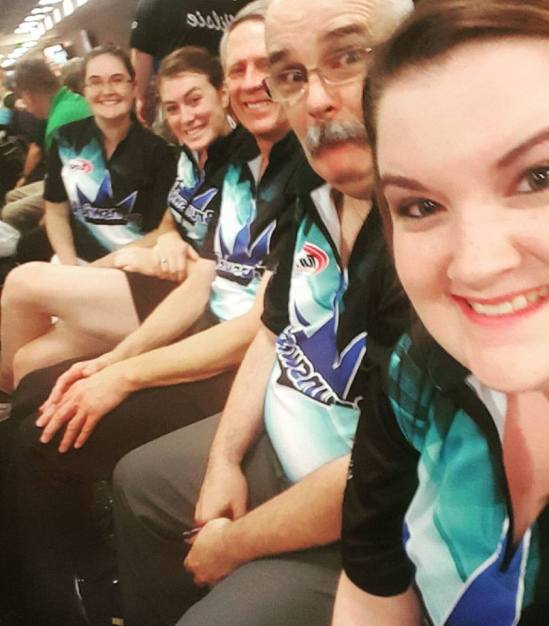

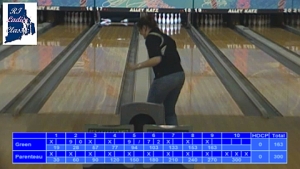




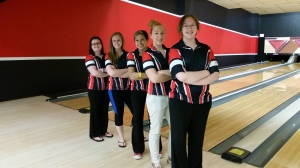




 with the organization. But, she has been faithful to her commitment making the 35 mile trek from home to
with the organization. But, she has been faithful to her commitment making the 35 mile trek from home to 






